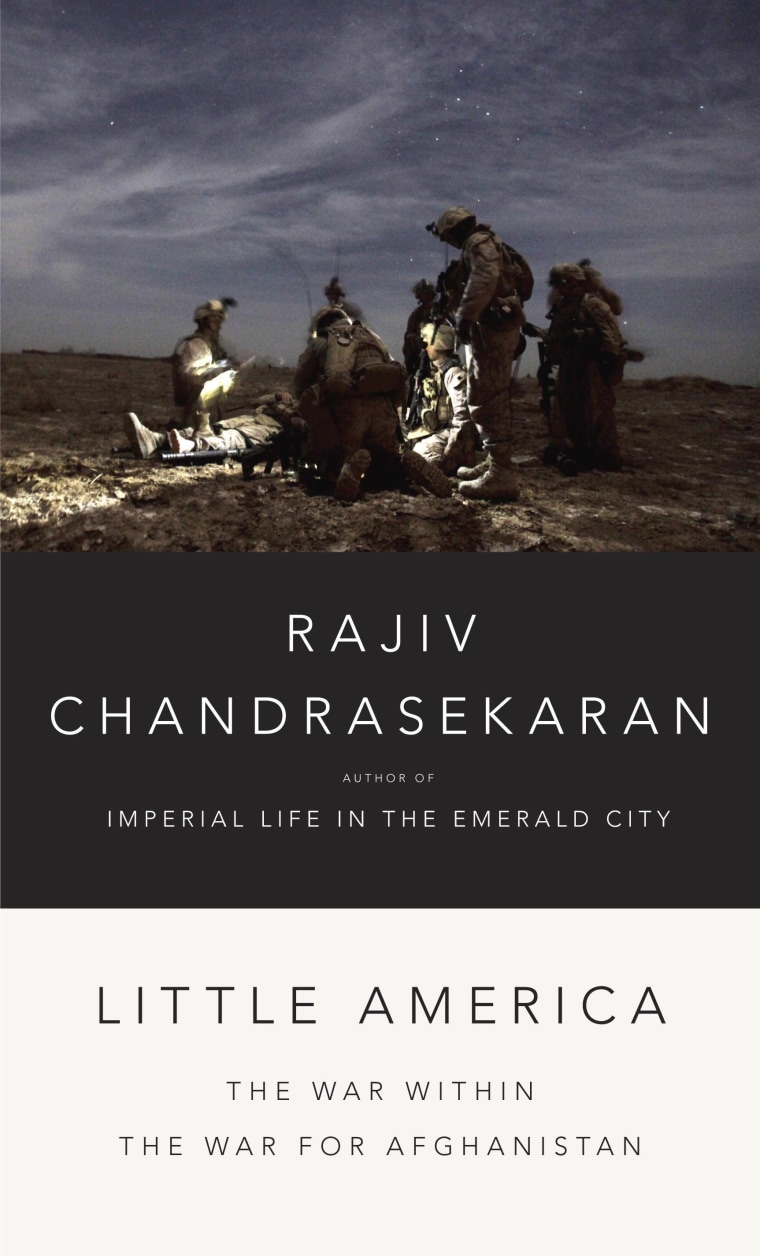For the full conversation tune in at 3pm et today as The Cycle team talks to Rajiv Chandresekaran.
Below please find an excerpt from his book.
PART ONE
Grand Dreams
An Enchanting Time
PAUL JONES ARRIVED in a Chevy pickup, billowing dust clouds in his wake as he crossed the desolate desert. The khaki-clad engineer had set out from his base soon after first light to observe a massive construction project aimed at transforming the long- neglected valley along Afghanistan’s Helmand River into a modern society. Irrigation canals would feed new farms that would produce so much food that the country would export the surplus for profit. New towns, with Western-style schools, hospitals, and recreation centers, would rise from the sand. So too would factories, fed by electricity from a generator at a dam upriver. Jones had witnessed a similar metamorphosis near his house on the outskirts of Sacramento, and he was certain it could be duplicated on the moonscape of southern Afghanistan.
Jones was sixty-three but appeared as hale and trim as a man two decades younger, save for his graying hair, which he cov- ered with a hat or helmet while outside. One of his sons, an Army aviator, had been killed in the war a few years earlier. His wife, who remained at the family home, could not fathom why he wanted to embrace a hardscrabble existence halfway around the world. He had been indecisive, despite his employer’s urg- ing, until he heard a preacher on an AM radio station out of Modesto: “Go into a far country–a strange land–inhabited by a different people. Let God within you point the way!” So he let himself be lured by the prospect of adventure and altruism. His country and his employer, the construction firm Morrison-Knudsen, were doing something grand and noble. He wanted to be a part of it.
The year was 1951.
Before he departed the United States, his boss told him that the company’s first residential project, encompassing 16,000 acres, “must be completed at once.” The Afghan government had promised new settlers, who had begun traveling west and south to Helmand on meandering camel trains, that they would be able to farm irrigated fields within sixty days. But surveyors had not yet finished apportioning the plots, and construction crews had not even begun to dig the canals.
To oversee the work, Jones had to leave his comfortable base, which had whitewashed barracks, a weekly movie night, and food that, he reckoned, could compete with the best restau- rants in San Francisco, whipped up by Afghans who had been trained by Americans in Kabul. One recent menu had featured steak, fried potatoes, fresh chard, and canned pineapple. There were even cans of Pabst Blue Ribbon beer to slug back at the end of the day. Almost everything at the base had been sent by sea from California or Oregon and then trucked for six hun- dred miles from Karachi.
Plans drafted by his fellow engineers specified that the first settlement be divided into four villages spaced exactly four miles apart. Each would have 120 identical single-story multi- family dwellings in long rows. Every family would receive an apartment–four to a building–and a half acre of land nearby on which to plant a personal garden. The families would also get at least 10 acres of farmland outside the village on which they were to raise crops for sale. Alfalfa, clover, cotton, grapes, fruit trees, and wheat were to cover a 2,000-acre experimental farm that would verify which crops were best for the new residents.
On that cloudless but chilly February morning, Jones toured Village No. 1 with Jan Mohammed, the director of building construction for the Helmand Valley agricultural commission. Jones recorded his recollection of the conversation and his guide’s accent:
“What else will be on this project?” he asked Jan.
“We will have a central city. Here will be a big hotel–big mosque–big business. . . . In each village we will have school through eight grade–compoolsury education for both boys and girls, as you say in Amrika.”
“And you will have high schools?” “Oh, yes–high schools. Here weel be ooneeversitee.” Jones wanted to know what crops the people would grow.
“Oh, many theengs–wheat, cotton, corn, sugar beets, alfalfa, clover, fruit. We will have sugar mill and fabreek factory.”
What about electricity?
“We want that very soon,” Jan said. “We weel have hospitals.
We weel have sports area in each village.”
“How long will it take to get going on these things, Jan?”
“Maybe ten to fifteen years.” “That will be marvelous.”
As Jones watched Afghan laborers toiling under American supervision, he came to share Jan’s enthusiasm. A modern Afghanistan would soon rise from centuries of conflict and neglect. He was certain he was witnessing “the beginning of a new civilization.”
